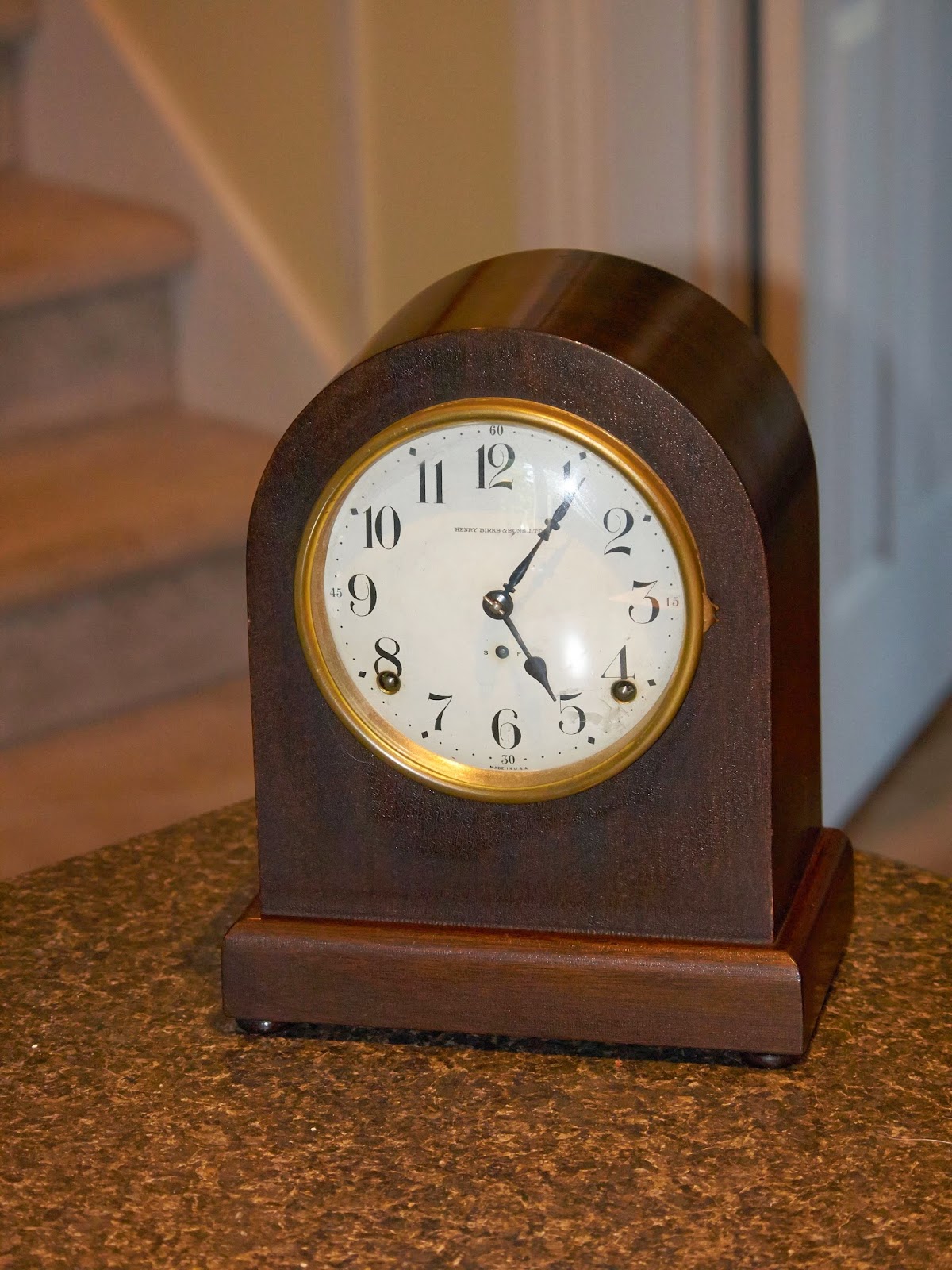 |
| Beginning of the eclipse |
The super-moon phenomenon occurs when the moon is at perigee, that is, the closet part of it's orbit around the earth. I did a little checking and that distance is 226,000 miles.
Taking a photo of the moon is not that simple. It takes it takes a little skill and some luck to get the settings just right. Of course, some knowledge of the manual features of your DSLR or ILC camera really helps. If you use daytime settings to shoot the moon your photos will be very over-exposed. This one time when an iPhone is truly ineffective.
 |
| Another shot of the beginning |
I have some settings below for that next time which I believe is in 2033. I suggest that you bookmark this blog entry and refer to it the next time the blood moon is visible in the sky. I took my photos between 10:15 pm and 11:15 pm Atlantic so I had plenty of time to experiment with the settings.
For a full moon it is best to push the ISO up a bit to 400 and possibly higher. I felt that ISO 800 was a comfortable limit. The "sunny 16 rule" works on this occasion. Once you set your ISO to around 400 or more, set your aperture to f16 and your shutter speed at just over the ISO that you have chosen and your white balance to "auto". f11, 1/800s at ISO 400 also seemed to work well. This will allow you to see detail in the moon. This works for the moon settings but as the moon got to it's blood phase I retained the higher ISO but brought the shutter speed down to 1/100s but I had mixed results with that phase, however. Lastly, a tripod is an absolute must.
 |
| Blood moon |
 |
| Blood moon, a little brighter |
It was tough to get a focus lock on the crescent as there is very little light and the effect was less than spectacular.
 |
| Crescent, almost at Perigee |
Anyway, it was fun and I hope you enjoy the shots.








Comments
Post a Comment